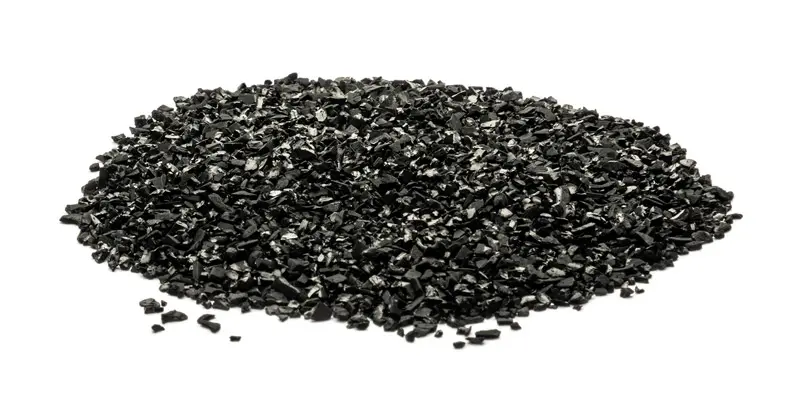Acetic Acid
Acetic acid (systematically named ethanoic acid) is an organic compound with the chemical formula CH3CO2H (also written as CH3COOH). It is a colourless liquid that when undiluted is also called glacial acetic acid. Acetic acid is the main component of vinegar (apart from water), and has a distinctive sour taste and pungent smell. It is mainly produced as a precursor to polyvinylacetate and cellulose acetate. Although it is classified as a weak acid, concentrated acetic acid is corrosive, and attacks the skin.
Acetic acid is one of the simplest carboxylic acids. It is an important chemical reagent and industrial chemical, mainly used in the production of cellulose acetate mainly for photographic film and polyvinyl acetate for wood glue, as well as synthetic fibres and fabrics. In households, diluted acetic acid is often used in descaling agents. In the food industry, acetic acid is used under the food additive code E260 as an acidity regulator and as a condiment. As a food additive it is approved for usage in the EU,[6] USA[7] and Australia and New Zealand.[8]
The global demand of acetic acid is around 6.5 million tonnes per year (Mt/a), of which approximately 1.5 Mt/a is met by recycling; the remainder is manufactured from petrochemicalfeedstock.[9] As a chemical reagent, biological sources of acetic acid are of interest but generally uncompetitive. Vinegar can be dilute acetic acid produced by fermentation.
 HS-AC Water
HS-AC Water